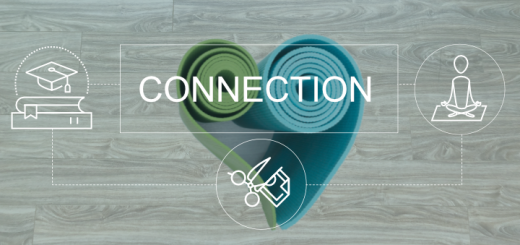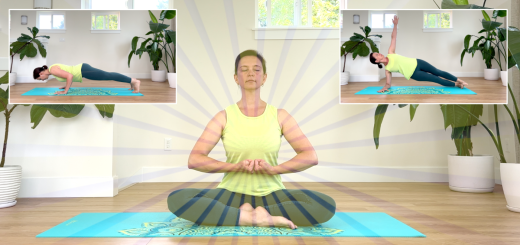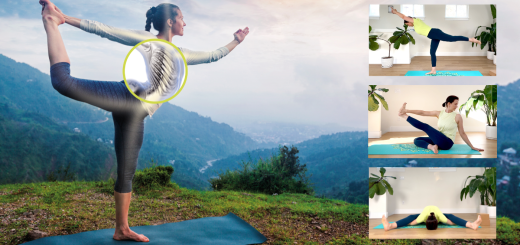How sturdy do you feel on your feet? Train your balance with yoga
1Last week, a blast of cold weather moved across the United States. Here in Portland, OR, it brought the life of the entire city to a stop first due to heavy snow and wind and then because of ice. I have never experienced anything like it – every surface outside my house was so slick and slippery that I couldn’t safely make it to a sidewalk from my front door. As I stood there on the frozen pavement, weighing the pros and cons of going for a walk, I was reminded of how essential our sense of balance is and how treacherous it is when we lose it.
Many body systems — including our muscles, bones, joints, eyes, inner ear, nerves, heart, and blood vessels — must work properly for us to have normal balance. When any of these systems aren’t functioning well, we can experience balance problems. Aging, of course, impacts each one of those systems, so as we get older, we need to pay even more attention to maintaining our balance. One of the recent studies showed that balance begins to deteriorate at around 50 years old, even without additional physiological issues.
Why do we care about developing our sense of balance? Obviously, we want to prevent falls, but we can accomplish many other things by learning how to balance.
We train our balance to:
- Avoid falls and injuries
- Increase strength and stability
- Improve overall structural integration (different parts of the body working together for a common goal)
- Improve neuromuscular connection (communication between the muscles and the brain)
- Develop mental stability
- Improve our ability to focus
- Bring about a sense of accomplishment
- Boost our self-confidence
Our ability to balance can and should be trained. The question is – how do we do it since it is such a complex process involving so many bodily systems? This is what we will focus on for the next several months as we try yoga practices that target different systems involved in the complex act of balancing. Sign up for the HappyU newsletter to receive a new balance practice every two weeks, either a short one that you can do at any point during your day or a long one that will prepare you for specific balancing postures.
However, balance training will not help if you are experiencing dizziness or vertigo due to other medical issues, such as inner ear problems, high or low blood pressure, or neurological disorders. These need to be diagnosed and addressed before you begin any balance training.
To get started, test your balance with these three simple moves. If you can hold the position for 45-60 seconds, your balance is good; over 60 seconds, your balance is great; less than 45 seconds – you might need to put extra effort into balance training.
Take 10 minutes to test your balance today, try our balance practices throughout the year, and then revisit this test at the end of the year to see if your balance has improved.
Sign up for the HappyU newsletter to receive a new balance practice every two weeks >




















Thank you for yet more of your yoga wisdom and goodness, Olga!